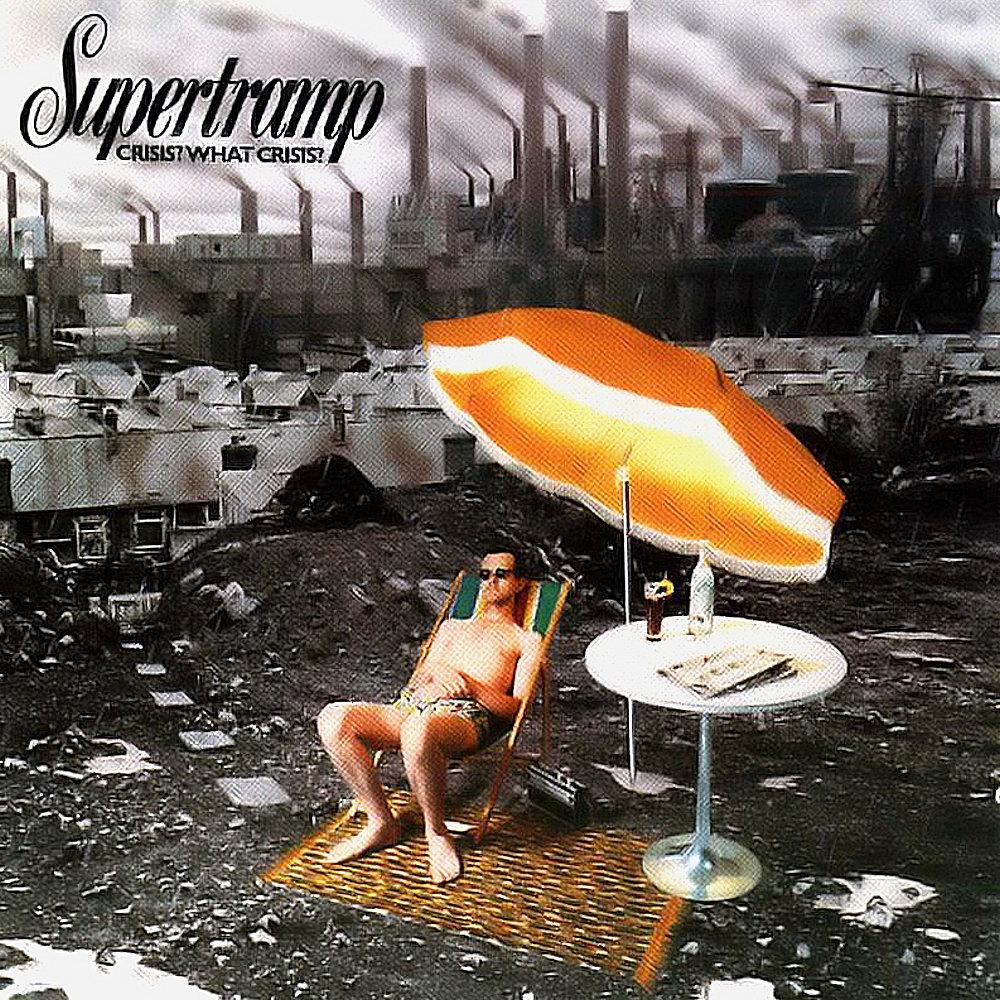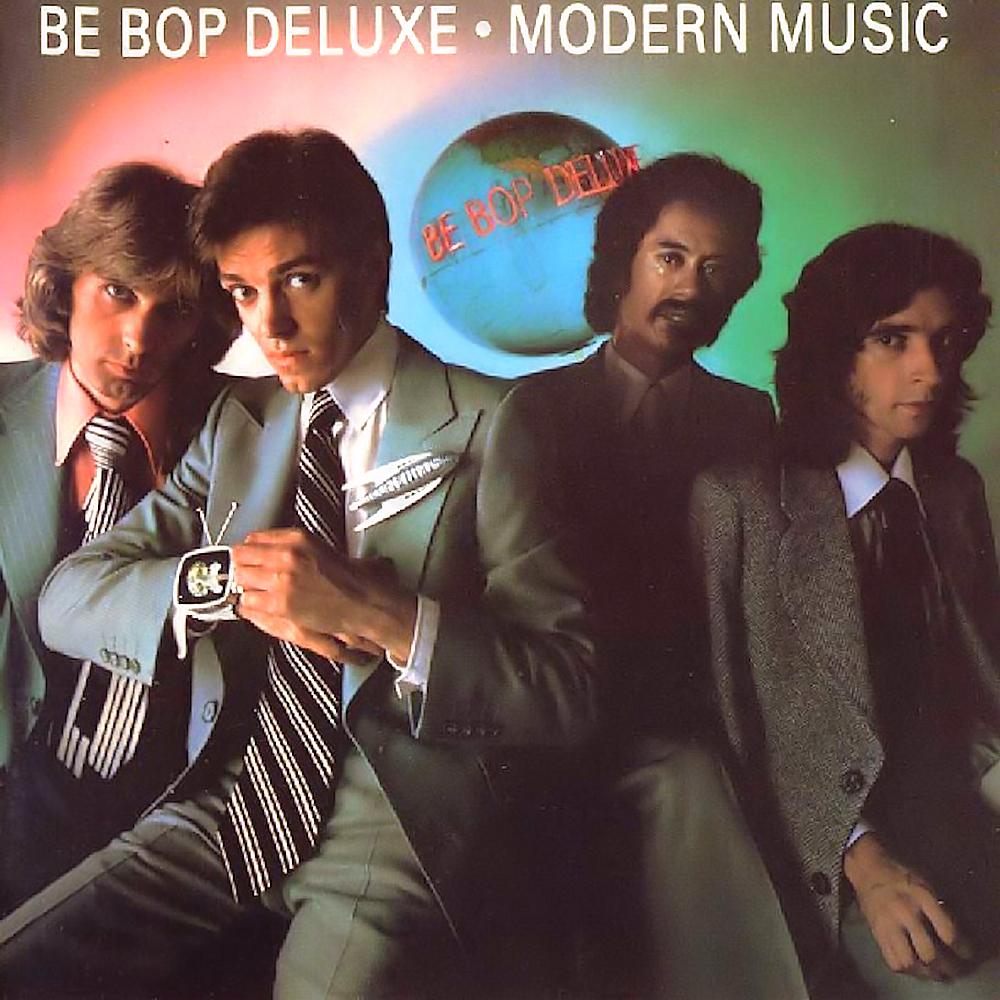
Album Information:
Album ID: 9857
About Supertramp:
Supertramp is an English rock band that was formed in 1969 by founding members Rick Davies and Roger Hodgson. Other notable members included John Helliwell, Bob Siebenberg, and Dougie Thomson. The band's name is a combination of 'super' (meaning exceptional or superior) and 'tramp' (referring to individuals who frequently move from place to place).
Supertramp's music is known for its progressive and art rock influences, intricate harmonies, and poignant lyrics. The band's music combines elements of rock, pop, and jazz, making it difficult to categorize them into a specific genre. Their sound has been described as both introspective and upbeat, often blending catchy melodies with complex instrumental arrangements.
The band's first album, 'Supertramp,' was released in 1970 but failed to chart. It wasn't until their third album, 'Crime of the Century,' released in 1974, that the band achieved commercial success. The album reached number four on the UK charts and included hit singles such as 'Dreamer,' 'Bloody Well Right,' and 'Crime of the Century.'
Supertramp continued their success with their albums 'Crisis? What Crisis?' (1975), 'Even in the Quietest Moments' (1977), and 'Breakfast in America' (1979), which became the band's biggest commercial success. The album sold over 20 million copies worldwide and included hit singles such as 'The Logical Song,' 'Goodbye Stranger,' and 'Take the Long Way Home.'
In 1980, Hodgson left the band to focus on his solo career, and Supertramp continued as a four-piece band. The group released several more albums but never achieved the same level of commercial success as their earlier work.
Supertramp was inducted into the Rock and Roll Hall of Fame in 2015 and their legacy continues to influence musicians around the world. Their music has been featured in numerous films, television shows, and commercials, solidifying their place in pop culture history.
About the album Crisis ? What Crisis ?:
Supertramp's album Crisis ? What Crisis ? was released in 1975 and is considered to be one of their most important and successful albums to date. The album features a mix of progressive and pop-rock music styles, with complex arrangements and thoughtful, introspective lyrics.
The album opens with the track 'Easy Does It,' a funky instrumental piece that sets the tone for the album with its upbeat rhythm and catchy melodies. The following track, 'Sister Moonshine,' showcases Supertramp's unique vocal harmonies and showcases their lyrical prowess, as they incorporate themes of disillusionment and existential angst.
The album's title track, 'Crisis ? What Crisis ?' is a political statement about the disconnect between the ruling elite and the working class, and serves as a commentary on the social and economic climate of the mid-1970s. This track features a strong bassline and memorable guitar riffs, along with Roger Hodgson's distinctive vocals.
Other standout tracks on the album include 'A Soapbox Opera,' with its theatrical and sweeping orchestral melody, as well as 'Another Brick In The Wall Part 2,' which would become a massive hit for Pink Floyd a few years later.
Overall, Crisis ? What Crisis ? is a deeply introspective and thought-provoking album that showcases Supertramp's musical and lyrical talent. It is a must-listen for fans of classic rock and progressive pop.
Members:
Supertramp is a British rock band that was formed in 1969. The band's original lineup consisted of Rick Davies (vocals, keyboards), Roger Hodgson (vocals, guitar), Richard Palmer (guitar), Bob Siebenberg (drums), Dougie Thomson (bass), and Dave Winthrop (saxophone). Over the course of the band's history, several members joined and left, and the band's lineup underwent a few changes.
Here are brief biographies of the key members of Supertramp:
1. Rick Davies: Rick Davies was one of the founding members of Supertramp, and he remained with the band throughout its history. He was the band's keyboardist and lead vocalist, and he is known for his distinctive voice and melodic keyboard playing. Davies was born in 1944 in Swindon, England. Before founding Supertramp, he played in several other bands. He wrote many of Supertramp's most popular songs, including 'The Logical Song,' 'Goodbye Stranger,' and 'Take the Long Way Home.'
2. Roger Hodgson: Roger Hodgson was also a founding member of Supertramp, and he was the band's guitarist and co-lead vocalist. He was born in 1950 in Portsmouth, England, and he started playing guitar at a young age. Hodgson wrote some of the band's biggest hits, including 'Give a Little Bit,' 'Breakfast in America,' and 'Dreamer.' In 1983, Hodgson left Supertramp to pursue a solo career.
3. Dougie Thomson: Dougie Thomson joined Supertramp in 1972 as the band's bassist. He was born in 1951 in Scotland, and before joining Supertramp, he played in several Scottish bands. Thomson is known for his melodic bass lines and his contributions to the band's sound. He played on many of the band's biggest hits, including 'The Logical Song,' 'Take the Long Way Home,' and 'Goodbye Stranger.'
4. Bob Siebenberg: Bob Siebenberg, also known as Bob C. Benberg, joined Supertramp in 1973 as the band's drummer. He was born in 1949 in California, and he started playing drums at a young age. Siebenberg is known for his tight, precise drumming style, which helped to define the band's sound. He played on many of the band's most popular albums, including 'Crime of the Century,' 'Breakfast in America,' and 'Even in the Quietest Moments.'
5. John Helliwell: John Helliwell joined Supertramp in 1973 as the band's saxophonist. He was born in 1945 in Yorkshire, England, and he started playing saxophone at a young age. Helliwell is known for his jazzy saxophone solos and his contributions to the band's sound. He played on many of the band's most popular albums, including 'Crime of the Century,' 'Breakfast in America,' and 'Even in the Quietest Moments.' Helliwell remained with the band until its breakup in 2002.
6. Rick Davies: Jesse Siebenberg, the son of Bob Siebenberg, joined Supertramp in 2015 as a multi-instrumentalist. He has played drums, percussion, guitar, and keyboards for the band. He was born in 1985 in California, and he grew up in a musical family. Jesse Siebenberg has also played with other bands, including Lukas Nelson & Promise of the Real and Edward Sharpe and the Magnetic Zeros.
Track List for Crisis ? What Crisis ?:
Sure, here are all the tracks in the album 'Crisis? What Crisis?' by Supertramp in order, along with their playtime and a brief description of each track:
1. 'Easy Does It' (2:18) - A mellow instrumental track with a laid-back vibe and a jazzy influence. The piano and saxophone solos are particularly noteworthy.
2. 'Sister Moonshine' (5:15) - A catchy, upbeat rock song with a groovy bass line and memorable guitar riff. The lyrics seem to be about a love interest who's a bit of a mystery.
3. 'Ain't Nobody But Me' (5:10) - A funky, high-energy track with a distinctive horn section and a strong rhythm section. The lyrics explore themes of individuality and self-reliance.
4. 'The Logical Song' (4:08) - One of Supertramp's biggest hits, this song features a driving piano melody and catchy chorus. The lyrics are a satirical critique of education and societal norms.
5. 'Bloody Well Right' (4:32) - Another high-energy track with a bluesy vibe and a lot of attitude. The lyrics comment on the hypocrisy and corruption of those in power.
6. 'Breakfast in America' (2:38) - A whimsical, poppy tune with a catchy chorus. The lyrics are a tongue-in-cheek ode to American culture and consumerism.
7. 'Gone Hollywood' (5:19) - A more introspective song with a softer, prog-rock sound. The lyrics seem to be about the pitfalls of fame and the pressure to conform.
8. 'Oh Darling' (3:53) - A soulful ballad with a lot of emotional depth. The lyrics express longing and heartbreak in the face of a failing relationship.
9. 'Take the Long Way Home' (5:08) - Another one of Supertramp's biggest hits, this song features a memorable melody and catchy chorus. The lyrics describe a journey home and the desire for connection and belonging.
10. 'Lord Is It Me' (4:11) - A slower, more contemplative track with a gospel influence. The lyrics express humility and self-reflection in the face of difficult times.
Overall, 'Crisis? What Crisis?' is a versatile and engaging album that showcases Supertramp's diverse musical talents and insightful lyrics.
Discography for Supertramp:
Sure, here's a complete discography for Supertramp:
Albums:
1. Supertramp (1970) - July 14, 1970
2. Indelibly Stamped (1971) - June 8, 1971
3. Crime of the Century (1974) - September 13, 1974
4. Crisis? What Crisis? (1975) - November 14, 1975
5. Even in the Quietest Moments... (1977) - April 10, 1977
6. Breakfast in America (1979) - March 29, 1979
7. ...Famous Last Words... (1982) - October 11, 1982
8. Brother Where You Bound (1985) - May 14, 1985
9. Free as a Bird (1987) - October 12, 1987
10. Some Things Never Change (1997) - March 24, 1997
Live Albums:
1. Paris (1980) - September 22, 1980
2. Live '88 (1988) - November 7, 1988
3. It Was the Best of Times (1999) - December 7, 1999
Compilations:
1. The Autobiography of Supertramp (1986) - October 1986
2. Retrospectacle: The Supertramp Anthology (2005) - August 22, 2005
Singles:
1. 'Your Poppa Don't Mind' / 'Better Days' (1970) - January 9, 1970
2. 'Lady' / 'You Ain't Seen Nothing Yet' (1974) - April 15, 1974
3. 'Dreamer' / 'Bloody Well Right' (1974) - December 13, 1974
4. 'Crime of the Century' / 'Bloody Well Right' (1975) - April 1975
5. 'Ain't Nobody But Me' / 'From Now On' (1976) - January 1976
6. 'Give a Little Bit' / 'Downstream' (1977) - August 1977
7. 'The Logical Song' / 'Just Another Nervous Wreck' (1979) - March 1979
8. 'Goodbye Stranger' / 'Babaji' (1979) - June 1979
9. 'Take the Long Way Home' / 'Casual Conversations' (1979) - November 1979
10. 'Dreamer '88' / 'From Now On' (1988) - May 1988
I hope this helps!


 Last Played: 11/01/24 04:19 AM
Last Played: 11/01/24 04:19 AM Last Played: 11/01/24 04:15 AM
Last Played: 11/01/24 04:15 AM